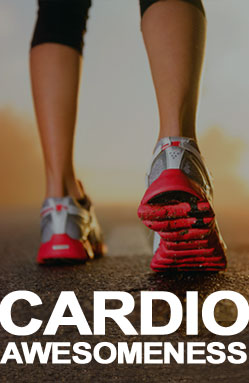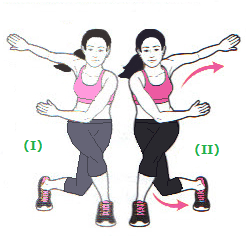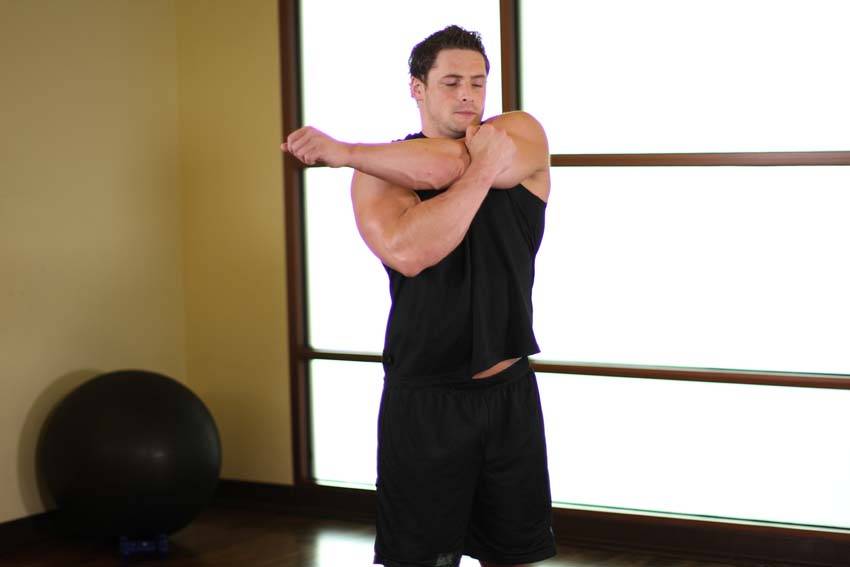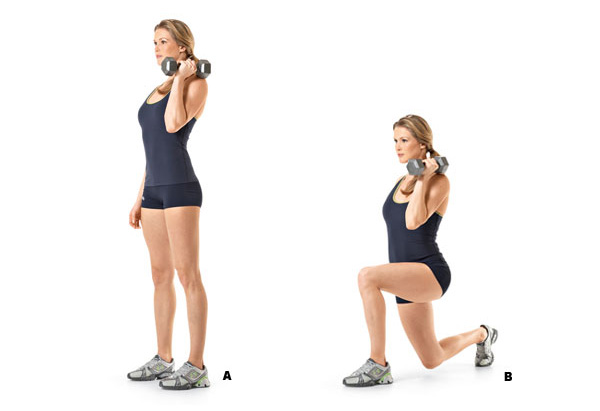How our bodies adapt
Here's what happens inside your body when you do aerobic exercise regularly:
Your heart gets stronger and pumps more blood with each beat (larger stroke volume). Elite athletes, as I just mentioned, can have stroke volumes more than twice as high as average individuals. But it's not just that. Conditioned hearts also have greater diameter and mass (the heart's a muscle too and gets bigger when you train it), and they pump efficiently enough to allow for greater filling time, which is a good thing because it means that more blood fills the chambers of the heart before they pump so that more blood gets pumped with each beat.
Greater stroke volume means the heart doesn't have to pump as fast to meet the demands of exercise. Fewer beats and more stroke volume mean greater efficiency. Think about a pump emptying water out of a flooded basement. The pump works better and lasts longer if it can pump larger volumes of water with each cycle than if it has to pump faster and strain to get rid of the water. High stroke volume is why athletes' hearts don't pump as fast during exercise and why they have such low resting heart rates; sometimes as low as 40 beats per minute, whereas the average is 60-80 beats per minutes.
Downstream from the heart are your muscles, which get more efficient at consuming oxygen when you do regular aerobic exercise (remember, "consuming" oxygen means that the muscles are taking the oxygen out of the blood). This happens because of an increase in the activity and number of enzymes that transport oxygen out of the bloodstream and into the muscle. Imagine 100 oxygen molecules circulating past a muscle. You're twice as fit if the muscle can consume all 100 molecules than if it can only consume 50. Another way of saying it is that you're twice as fit as someone if your VO2 max is 60ml/kg/min. and theirs is 30ml/kg/min. In terms of performance in this scenario, you'll have more endurance because your muscles won't run out of oxygen as quickly.
Mitochondria inside the muscle increase in number and activity. Mitochondria are the powerhouses of your cells. They do all the heavy-duty work to keep you moving. They use the oxygen to burn the fat and carbohydrate that makes you go. The good news is that they increase in number and activity, by as much as 50%, in just a matter of days to weeks in response to regular aerobic exercise in adults of all ages.
Burn, baby, burn
I mentioned that fat and carbohydrate are the fuels our muscles burn. The difference between them is that fat is high-test; it contains 9 calories per gram whereas carbohydrate has only 4, and so you get more energy and can go farther on a gram of fat than on a gram of carbohydrate.
You want to burn fat because it's such an efficient fuel, plus it's nice to lose some of your excess fat! The catch is that you need more oxygen to burn fat because it's denser than carbohydrate.
The good news is that your body gets better at using oxygen and burning fat when you do regular aerobic exercise; like I described, your heart pumps more blood, your muscles consume more oxygen, and you have more mitochondria.
Here's what happens inside your body when you do aerobic exercise regularly:
Your heart gets stronger and pumps more blood with each beat (larger stroke volume). Elite athletes, as I just mentioned, can have stroke volumes more than twice as high as average individuals. But it's not just that. Conditioned hearts also have greater diameter and mass (the heart's a muscle too and gets bigger when you train it), and they pump efficiently enough to allow for greater filling time, which is a good thing because it means that more blood fills the chambers of the heart before they pump so that more blood gets pumped with each beat.
Greater stroke volume means the heart doesn't have to pump as fast to meet the demands of exercise. Fewer beats and more stroke volume mean greater efficiency. Think about a pump emptying water out of a flooded basement. The pump works better and lasts longer if it can pump larger volumes of water with each cycle than if it has to pump faster and strain to get rid of the water. High stroke volume is why athletes' hearts don't pump as fast during exercise and why they have such low resting heart rates; sometimes as low as 40 beats per minute, whereas the average is 60-80 beats per minutes.
Downstream from the heart are your muscles, which get more efficient at consuming oxygen when you do regular aerobic exercise (remember, "consuming" oxygen means that the muscles are taking the oxygen out of the blood). This happens because of an increase in the activity and number of enzymes that transport oxygen out of the bloodstream and into the muscle. Imagine 100 oxygen molecules circulating past a muscle. You're twice as fit if the muscle can consume all 100 molecules than if it can only consume 50. Another way of saying it is that you're twice as fit as someone if your VO2 max is 60ml/kg/min. and theirs is 30ml/kg/min. In terms of performance in this scenario, you'll have more endurance because your muscles won't run out of oxygen as quickly.
Mitochondria inside the muscle increase in number and activity. Mitochondria are the powerhouses of your cells. They do all the heavy-duty work to keep you moving. They use the oxygen to burn the fat and carbohydrate that makes you go. The good news is that they increase in number and activity, by as much as 50%, in just a matter of days to weeks in response to regular aerobic exercise in adults of all ages.
Burn, baby, burn
I mentioned that fat and carbohydrate are the fuels our muscles burn. The difference between them is that fat is high-test; it contains 9 calories per gram whereas carbohydrate has only 4, and so you get more energy and can go farther on a gram of fat than on a gram of carbohydrate.
You want to burn fat because it's such an efficient fuel, plus it's nice to lose some of your excess fat! The catch is that you need more oxygen to burn fat because it's denser than carbohydrate.
The good news is that your body gets better at using oxygen and burning fat when you do regular aerobic exercise; like I described, your heart pumps more blood, your muscles consume more oxygen, and you have more mitochondria.
































